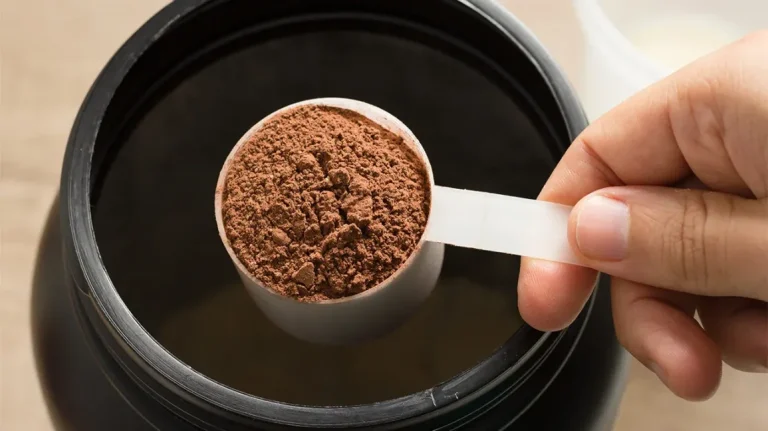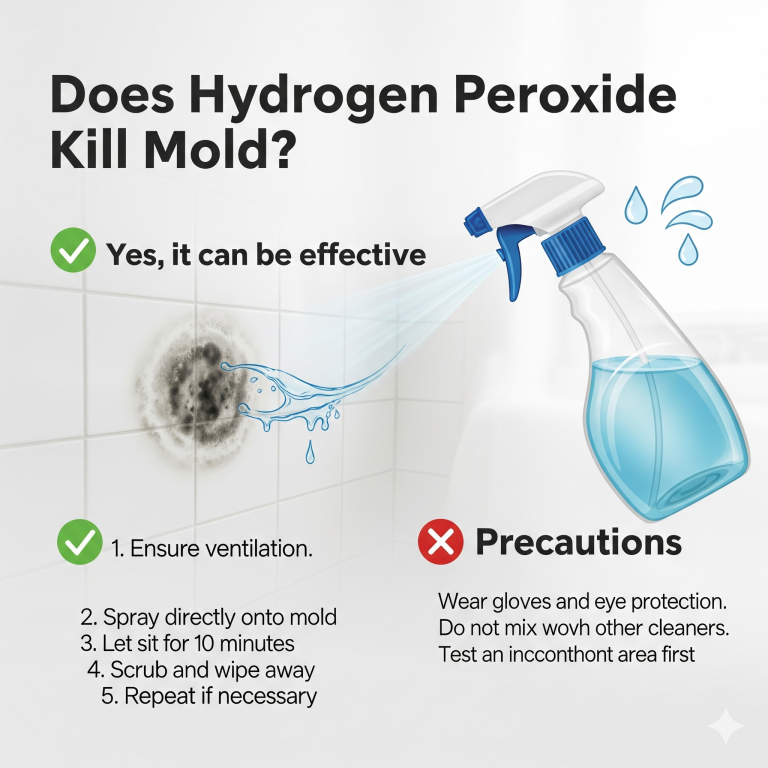
Table of Contents
A safe House of Hazards is one which keeps the home owner far from harm and harm. But there is nearly every home there is House of Hazards risk which, if not regulated, is bound to ruin things in the way of disastrous accidents, hurt, or killing. Through the agency of toxic furniture, through fire, there are just too many hazardous items which become life danger.
Damage and therefore so named as such “House of Hazards” is best to the extent that to impose safety onto all utilizing on or coming in contact with the property.
Here, in this big book, we will be discussing perhaps the dangers of most houses, where and how to look for them, and simple means to destroy or avoid them. You may be owner, caretaker, or occupant, but such perhaps dangers and their destruction can be life or death in defense of your house.

What Are “House of Hazards?
House of Hazards” is to be used whenever there is some kind of latent potential danger or risk waiting to be found in the domestic surroundings. These hazards are perhaps waiting in so many different guises: from structural hazard like settling foundations or falling roofs to environmental hazard like chemicals, pests, and mold
“House of Hazards” can also be used for dangerous furniture, electrical problems, or squeaky doors. The concept is to build a safe, functioning, and cozy house by fixing such hazards and trying to fix them.
Common Household Dangers to Safety
There actually are an incredible number of various House of Hazards in a house. Physical, chemical, biological, and ergonomic hazard is by no means complete. Here is the most common types of hazard to safety in a house and includes simple-to-apply precautions to reduce their impact on a day-to-day basis.
- Fire hazards
- Fire House of Hazards Play on CrazyGames is most apparent in any House of Hazards hold. Defective electrical appliances, unsafe storage of flammable materials, and cooking mishaps are all bound to cause complete destruction by fire.
Identification of Fire Hazard
Charged Electric Cords: Look for frayed cord or exposed cord, repeated tripping circuit breaker, or strong-smelling plugs.
Self-Cooking Food: Never cook food on the stove alone, particularly while frying or broiling.
Object Burns: Never had burning garments, documents, etc., close to heat appliances such as heaters, stoves, and radiators.
Reducing Fire Options
Smoke Alarms: Mount smoke alarms on all bedrooms, hallways, and living rooms. Test alarms monthly and change batteries annually.
Fire Extinguishers: Mount a fire extinguisher on easily accessible places such as the garage and kitchen.
Cooking Safety: Never leave cooking alone. Unplug appliances when they are not being used.
Check Electrical Circuits: Have your electrical circuit checked and replaced periodically by a certified electrician.

- Slips, Trips, and Falls
- Slip, trip, and falls are also very prevalent hazards, primarily for children and the elderly. Slippery floor, rolling carpets, or congested corridors are extremely risky.
Reduction of Fall House of Hazards
Reduction of Fall House of Hazards: Fall Prevention
Uneven Floor: Remove loose carpets, wooden floor, or loose tripping tiles.
Clutter: Remove clutter such as shoes, toys, or bags from corridors, hallways, and stairs.
Wet Floors: Walk slowly or mop walking with added caution.
Repair Floor Issues: Repair loose or damaged floors or replace floors and level all floors.
Utilize Non-slip Mats: Secure underlay rugs or mats firmly on the floor with non-slip backing so that they will not slip.
Install Handrails: Install the handrails on staircase and bathroom to fit.
Provide Proper Lighting: There should be adequate lighting supplied to the whole house and particularly to stairs and halls.

- Chemical Hazards
- There are some household cleaners and chemicals that are House of Hazards and need to be handled carefully. Poisoning, respiratory disease, or dermatitis results in skin injury after coming into contact with such hazardous chemicals while spilling and chemicals get accidentally ingested.
Chemical Household Cleaning Products: Read warning labels such as “toxic,” “flammable,” or “corrosive.”
Poor Storage: Storage of cleaning chemicals and cleaning products in the living room or corridor causes accidents.
Reduce Chemical Risks
Lock Out Access: Keep children out of reach of cleaning chemicals and cleaning products by locking them up in child-resistant cabinets where possible.
Green Cleaning: Replacing dangerous, environment-friendly cleaning agents with less dangerous ones to human individuals and the environment.
Room Ventilation: Ventilate the room when working with extremely strong chemicals, particularly in a small room or confined space.
Read Carefully Instructions: When working with any chemical compound, manufacturer label instructions should be read very carefully.
4. Mildew and Mold
Mold and mildew are the bane of the typical home to water or damp residences. Mold and mildew are bio contaminations which will cause lung disease, allergy disease, and severe fluctuations in health if permitted to run amok.
Identification of Mold and Mildew
Visual Development: Stain or color change on ceilings, walls, and floors. Basements, bathroom, and kitchen are locations where mold will thrive.
stinky Musty Smell: Sticky with stinky musty smell bathroom clear sign of some mold or mildew.
Preventing Risk of Mildew and Mold
Control Humidity: Running dehumidifiers in basement, bathroom, and kitchen where the humidity is horrendously extremely high.
Seal Leaks: Seal all leaks of water so water will not build up.
Shampoo Trouble Spots Frequently: Shampoo shower bathroom and kitchen areas because these areas are warm areas of mold and mildew.
Use Mold-Proof Material: All places where puddling water is available need to be coated and mold-deterrent chemicals sprayed.

5. Rodents and Pests
Pest and rodents are rodents and a very health hazard. Pest and rodents are disease carriers, an allergy, and cause structure of your house collapse. Find Out Pest House of Hazards
Droppings: Cockroach or mice droppings would be a proper infestation sign.
Chewed Material: Rodents would chew material like food wrappings, furniture, or wire.
Pest Sight: Ants, roaches, or mice spotted.
Less Pest Risks
Hole Plugging: Seal holes, crevices, or cracks near windows and doors not to allow pests.
Cleanliness: Stay clean not to provide them food morsels, litter, etc.
Use Pest Control Wisely: If available, call in a pest control expert, employ non-toxic pest repellents, or bait. Clean Outdoors: Cut bushes, and place outdoor tins in firmly shut air-tight containers.

6. Puffed Out Appliances and Furniture
Puffed-apart or blasted appliances and furniture are sanctuaries of devious House of Hazards to a residence. From shattered washers to blower coffee, devastation teeters on a thread until too late to do nothing but sob.
How to Spot Hazardous Furniture and Appliances
Unstable or unstable furniture: Never allow wobbly furniture such as tables, chairs, or shelves to collapse.
Fixing Damaged Appliances: Ensure fixing damaged cords, damaged guards, or damaged appliances, especially kitchen appliances.
Prevention of Appliance and Furniture Hazards
Furniture Inspection: Avoid loose or damaged furniture and heavy furniture.
Appliance Safety with Furniture: Utilize the manufacturer’s usage manual while using appliances and check appliances for wear and tear at specific time intervals. Furniture Anchor Use: Keep heavy furniture such as TV sets and bookshelves against the wall with furniture anchors so that they are not knocked over.
7. Ventilation
Inadequate ventilation will retain the indoor air pollutants in liquid form, VOCs, and carbon monoxide, which are harmful to human beings. Ventilation Risk Identification
Stuff Smell: Stuff-smelling or air-whipped-stuffed-stuff rooms will be the indication of inadequate ventilation.
Condensation: Window and wall condensation indicate that the house is not well-ventilated.
Removing Ventilation Dangers
Opening Windows Periodically: Open windows and let fresh air in and blow out through the home.
Using Exhaust Fans: Install and supply exhaust fans in the kitchen and bathroom to address unwanted wetness.
HVAC System Maintenance: Periodically inspect and keep the HVAC systems to an optimal working condition like a mode where they are in top operating capacity and with air-filters cleaned.
The dangers of residing in a “House of Hazards” are simply too starkly obvious and will cause lasting harm if not brought to light and shunned. Educate yourself and exercise self-survival measures against these so-better-publicized hazards—fire, fall, chemical, mold, pest, or fault-furniture-and-ventilation-brought-on—you can construct your own healthier, safer home for yourself and others.
By satisfaction of this homeowner’s requirement, risk, accident, and property damage are not merely excluded but wiped out too. Protection of safety for a house against risk is handled via pre-inspection, home maintenance, and protection of a house. Enjoy safety today and tomorrow for your house and live.

FAQs:
Q1: What is House of Hazards?
A fast-paced local multiplayer where players try to get things done while others trigger traps to knock them off — all in a trap-ridden house!
Q2: What are the main hazards in the game?
Common hazards are falling lamps, swinging drawers, annoying toasters, and slippery spills. Each room has different hazards!
Q3: How do you recognize a hazard before it occurs?
Look for suspicious objects or flashing things. Seeing movement, hearing sounds, or glowing lights generally means a trap ready to be triggered.
Q4: Can you dodge or disable dangers?
Yes! Strategically move around, observe your surroundings, and sometimes you can duck or fool the danger into missing you.
Q5: How do people set traps for others?
When you receive a turn to manage the house, you can trigger different traps in real-time to bother other players.
Q6: How do you survive best?
Play close to edges, stay careful, complete missions quickly, and experiment with trap timings by trial and error.
Also Read:






